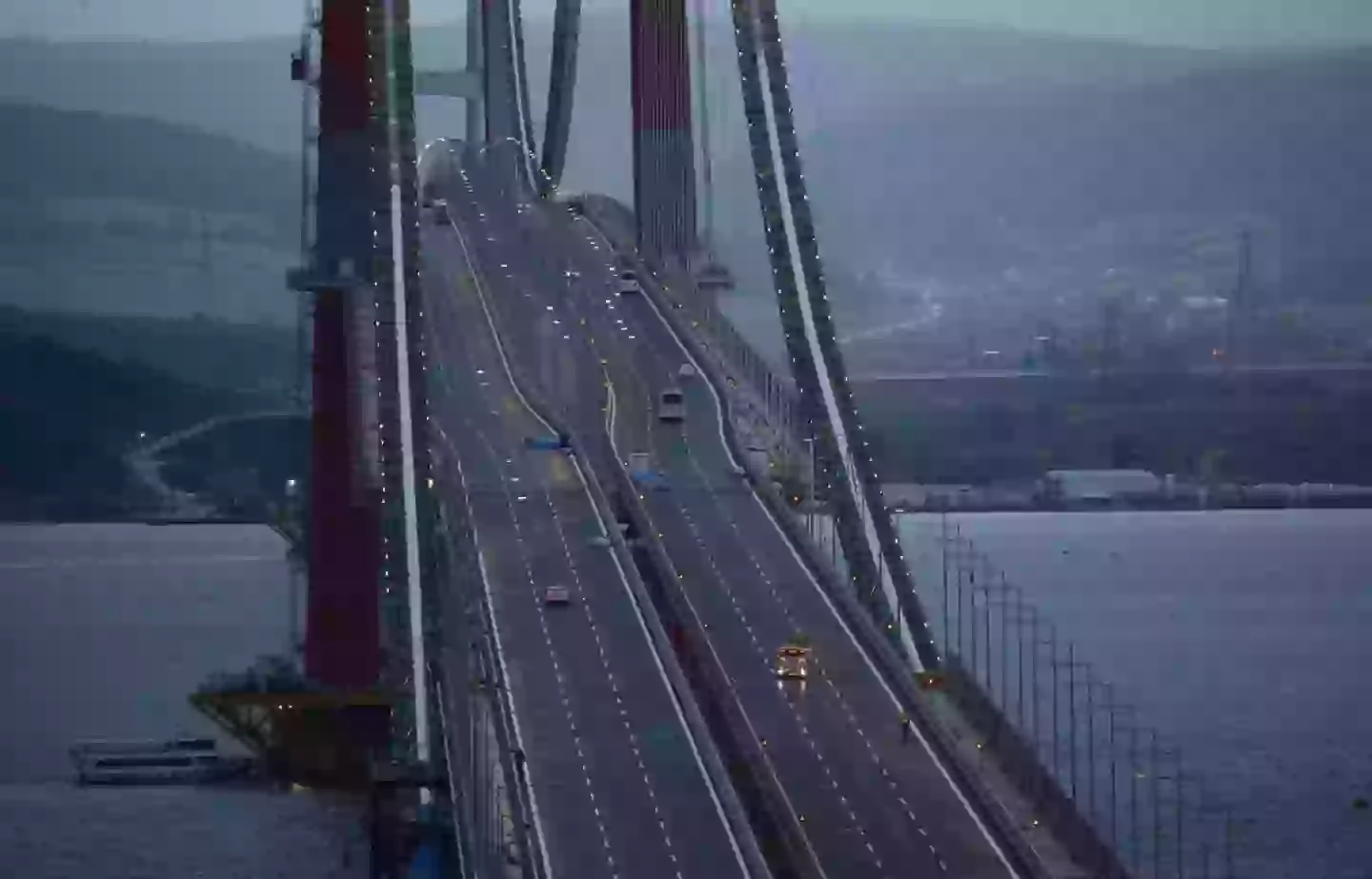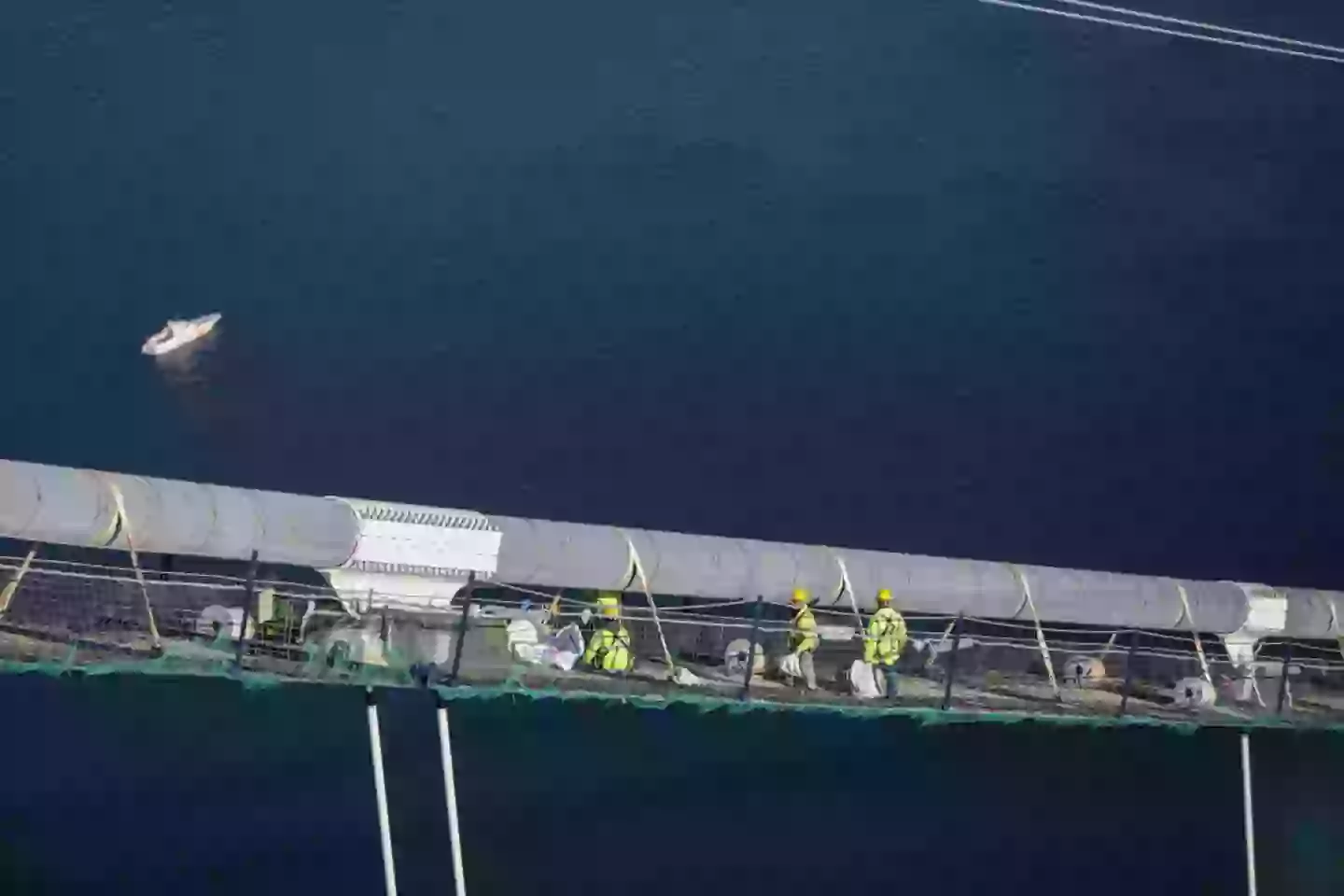The 1915 Çanakkale Bridge, which holds the title of the world’s longest suspension bridge, is projected to save Turkey a staggering $4.15 billion over the next ten years.
Spanning two continents, this remarkable bridge allows travelers to cross in just minutes, reducing commute times by an impressive 93 percent.
The Turkish government prioritized efficiency when deciding to build this 2,023-meter bridge.
It links Gelibolu on Turkey’s European side with Lapseki on the Asian side, stretching across the Dardanelles Strait, the waterway that connects the Aegean Sea and the Sea of Marmara.
This direct connection means the bridge eliminates the need for the 90-minute ferry trip previously required to travel between the two sides.

Now, backpackers, travelers, and commuters can traverse the distance in just six minutes.
Although the bridge is named ‘1915’, its construction began in March 2017 and it was opened to the public five years later.
The name commemorates a significant Ottoman victory during the First World War, an event that eventually led to the establishment of the Republic of Turkey in 1923.

The bridge’s design is rich with symbolism; its 2,023-meter length marks the year 2023, celebrating the centennial of the Turkish Republic’s founding.
The height of 318 meters reflects the date March 18, a day of remembrance for the Gallipoli campaign’s fallen soldiers.
Its vast span surpasses Japan’s Akashi Kaikyo Bridge, constructed in 1998, by 32 meters, making it the longest bridge in the world.
The construction of the bridge was a significant financial undertaking, costing approximately $2.7 billion.
However, the bridge is already delivering numerous benefits, both environmentally and economically.

Turkish President Recep Tayyip Erdoğan announced that the nation would save €415 million annually, equivalent to $428 million, due to reduced fuel consumption and carbon emissions, according to AP.
Since its opening, Çanakkale Bridge has already saved Turkey $856 million, based on President Erdoğan’s calculations.
Looking ahead, the next decade could see a total savings of $4.15 billion, suggesting that the substantial investment in building this monumental bridge was indeed worthwhile.

